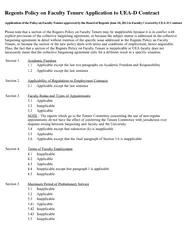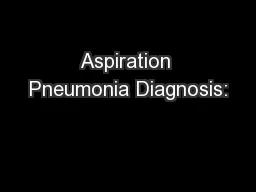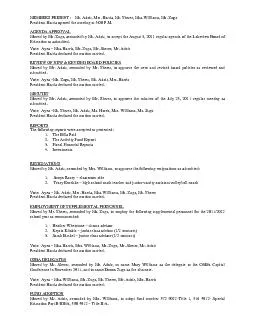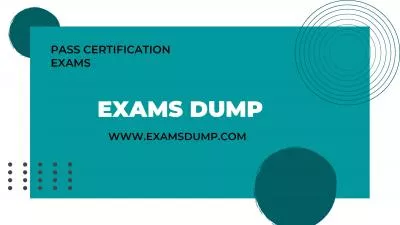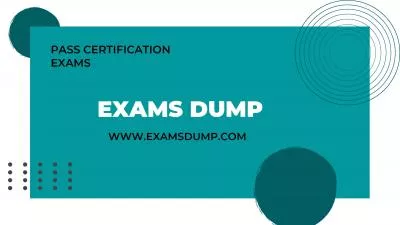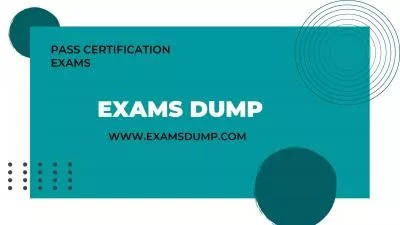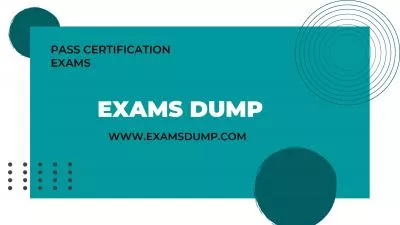PPT-Jessica Harris – VCAA Specialist
Author : phoebe-click | Published Date : 2018-02-24
Teacher Wodonga Senior Secondary College Respectful Relationships within the Victorian Curriculum F10 Session Aims To become familiar with where respectful relationships
Presentation Embed Code
Download Presentation
Download Presentation The PPT/PDF document "Jessica Harris – VCAA Specialist" is the property of its rightful owner. Permission is granted to download and print the materials on this website for personal, non-commercial use only, and to display it on your personal computer provided you do not modify the materials and that you retain all copyright notices contained in the materials. By downloading content from our website, you accept the terms of this agreement.
Jessica Harris – VCAA Specialist: Transcript
Download Rules Of Document
"Jessica Harris – VCAA Specialist"The content belongs to its owner. You may download and print it for personal use, without modification, and keep all copyright notices. By downloading, you agree to these terms.
Related Documents


